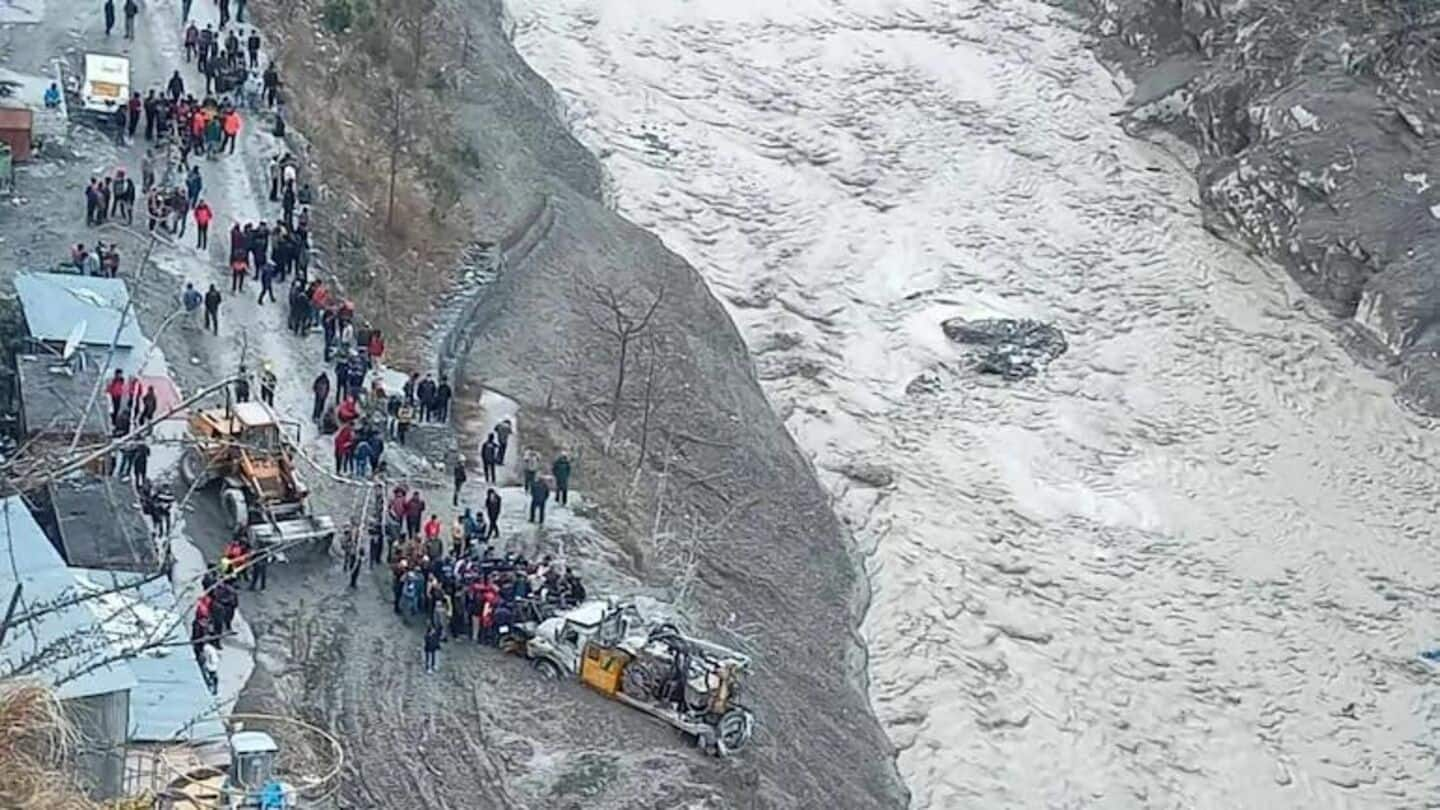
What are hanging glaciers, which likely contributed to Uttarakhand flash-floods
What's the story
A team from the Indian Institute of Science (IISc) suspects that a "hanging glacier" that feeds the Kheer Ganga waterway may have played a role in the recent flash floods in Dharali, Uttarakhand, the Hindustan Times reported. The National Disaster Management Authority (NDMA) had earlier suggested a glacier collapse as a possible cause. As part of an ongoing study, researchers at IISc's Divecha Centre for Climate Change recently completed geospatial mapping of 219 hanging glaciers in Alaknanda and Bhagirathi basins.
Glacier definition
Vulnerable glaciers hold 1 cubic km ice
Hanging glaciers are unstable and sensitive to climate change. They start high on a glacier valley wall and come down only part of the way, without reaching the main glacier's surface. Anil Kulkarni, a visiting scientist at Divecha Centre, said two such glaciers near the Kheer Ganga channel hold around 1 cubic km of ice. "We have historical satellite images of the glaciers. The run-off time during the flash floods was very short," he added.
Statement
Sudden run-off points to two probabilities
Explaining further on their findings, he said, "Normally, if a flash flood is from rainfall, then we can observe a gradual increase and then a decrease. But the sudden run-off points to two probabilities." "One where the hanging glacier has fallen, or a lake has formed due to the obstruction of river flow. Then sudden outburst was caused due to overflown," the Hindustan Times quoted Kulkarni as saying.
Pre-flood warnings
Environmental groups warned about risks
Before the August 5 floods, environmental groups had warned about risks in the area. The Himalayi Nagarik Drishti Manch wrote to several government bodies on Monday, seeking accountability. They referred to a letter sent on April 30, 2024, warning of possible disasters if unchecked construction continued on riverbanks and hill slopes. The letter urged authorities to halt such activities immediately due to climate-related events and human-induced pressures in fragile Himalayan zones.
Post-flood rescue
Rescue teams working tirelessly to find missing persons
After the floods, rescue teams are working tirelessly to find missing persons buried under debris. The Indian Army has brought ground-penetrating radar (GPR) devices from Siachen Glacier to Uttarkashi for avalanche rescues. Nearly 200 National Disaster Response Force (NDRF) personnel are using their own radar and life-detection devices. The State Disaster Management Authority (SDMA) has divided the area between Dharali and Harshil into zones for targeted search operations by different agencies. As of Tuesday, 66 people were still missing.